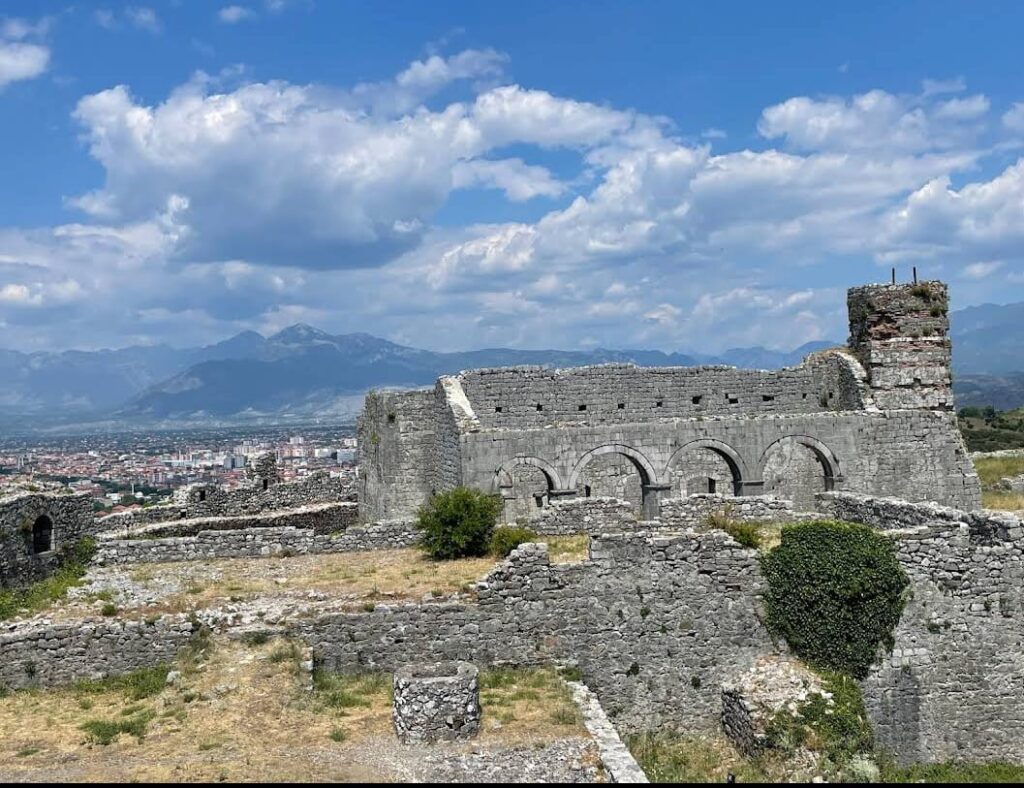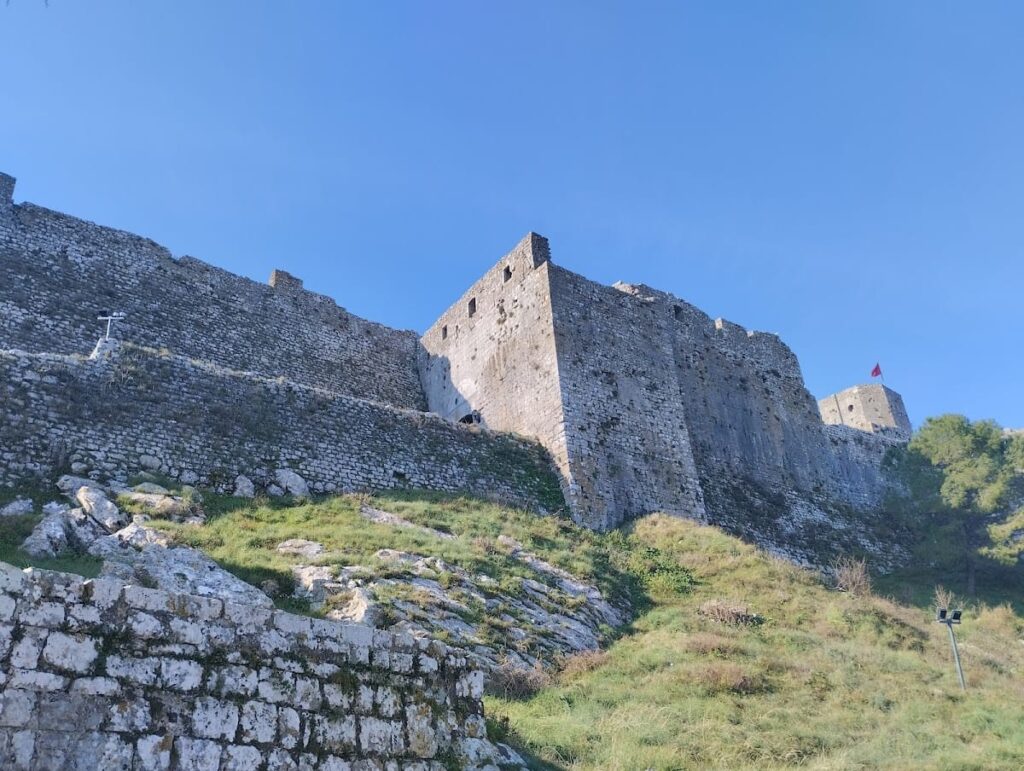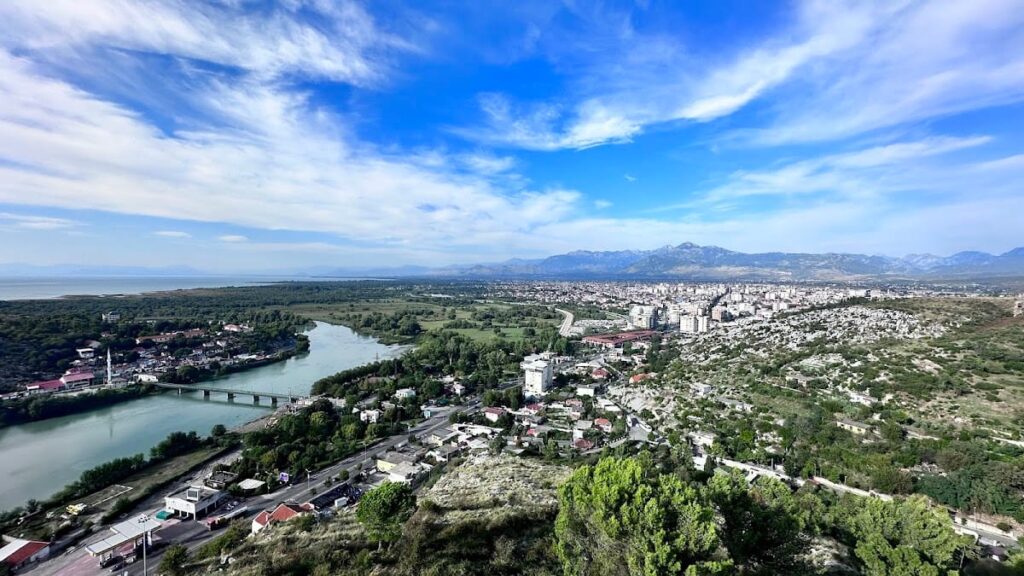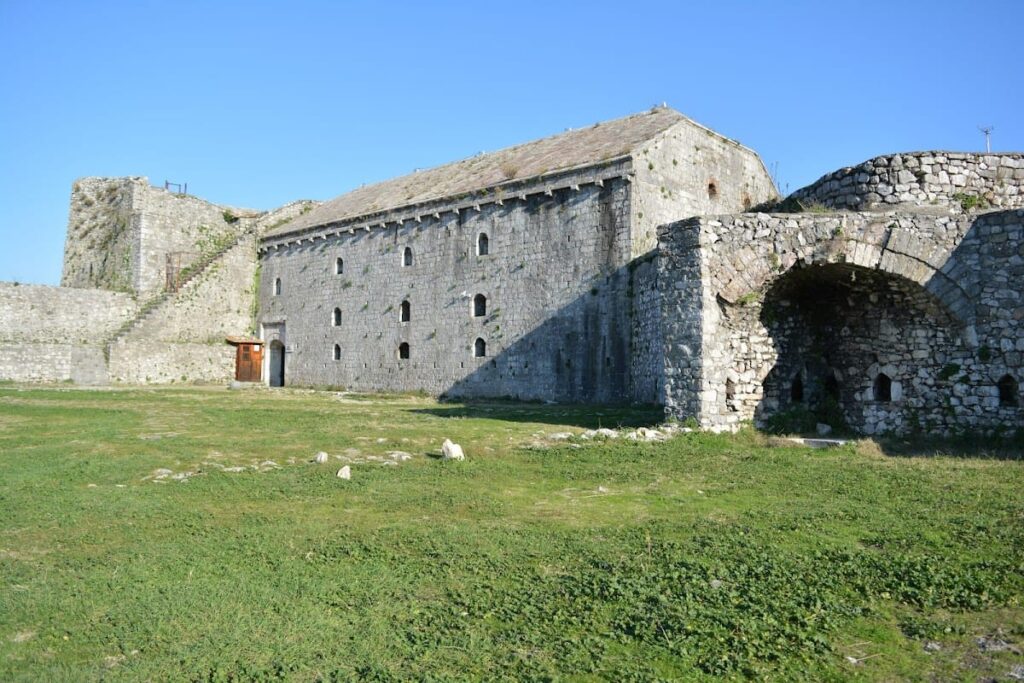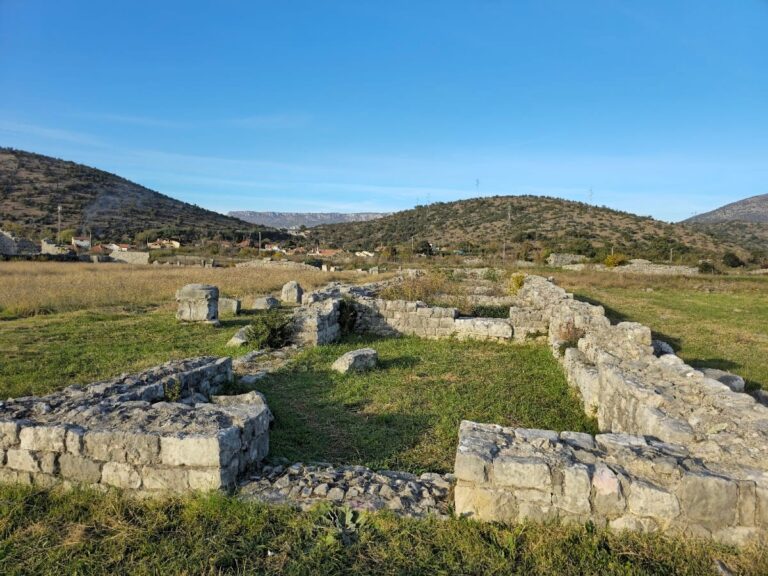Shkodra Castle
Visitor Information
Google Rating: 4.6
Popularity: Low
Google Maps: View on Google Maps
Country: Albania
Civilization: Ottoman, Venetian
Remains: Military
History
Shkodra Castle, also known as Rozafa Castle, is situated on a rocky hill approximately 130 meters above sea level near the city of Shkodër in northwestern Albania. The site has been inhabited since the Early Bronze Age, with the earliest fortifications constructed during the 4th to 3rd centuries BCE. These initial defenses served as the citadel of the Illyrian city of Skodra, which was the capital of the Labeatae tribe.
During antiquity, the castle held strategic importance as the stronghold of Illyrian rulers, including King Gentius. He utilized the fortress during the Third Illyrian War against the Roman Republic. Following Gentius’ defeat in 168 BCE, the Illyrian kingdom was absorbed into Roman territory. The city, then known as Scodra, was established as a Roman colonia, a status confirmed by inscriptions discovered both locally and in the nearby Roman settlement of Doclea.
In the medieval era, the castle contained a Venetian Catholic church dating from the 13th century, identified as St. Stephen’s Cathedral. After the Ottoman conquest of the region, which followed the siege of Shkodër in 1478-79, this church was converted into the Fatih Sultan Mehmet Mosque. The fortress also experienced a significant siege during the years 1912-13, reflecting its continued military relevance.
The history of Shkodra Castle is closely linked to the Albanian legend of Rozafa, a woman who was immured alive within the castle walls to ensure its stability. This narrative was recorded as early as 1505 by the historian Marin Barleti and remains a prominent element of local folklore and epic poetry, symbolizing sacrifice and endurance.
Remains
Rozafa Castle covers an area estimated between 3.6 and 9 hectares, enclosed by walls measuring approximately 880 to 911 meters in circumference. The fortress contains three separate courtyards that include social buildings, storage facilities, defensive towers, and fortification walls. The construction primarily employs stone materials, with limestone notably present in the original Illyrian gateway.
The visible fortifications largely date from the Venetian period, with significant enhancements made by the Balsha family in the 14th century. Subsequent modifications occurred during the Ottoman era in the 16th and 17th centuries, as well as during the Bushatlli period in the 18th and 19th centuries. These layers of construction reflect the castle’s evolving military and administrative functions.
Within the castle are the ruins of the 13th-century Venetian Catholic church, later transformed into a mosque following Ottoman conquest. Additionally, 15th-century water tanks remain preserved on site. The Capitenaria building, erected during Venetian rule, measures 20 meters in length, 8 meters in width, and 9 meters in height. It served as a military garrison and armory during the Turkish period and currently functions as the castle museum.
A notable feature at the entrance is the Rozafa bas-relief, which symbolizes the castle’s legendary and cultural significance. Archaeological investigations have uncovered inscriptions, including a Roman inscription embedded in a cistern pillar, demonstrating the site’s long historical continuity. The castle’s walls and structural elements from various periods remain visible, with many archaeological remains preserved in situ.
